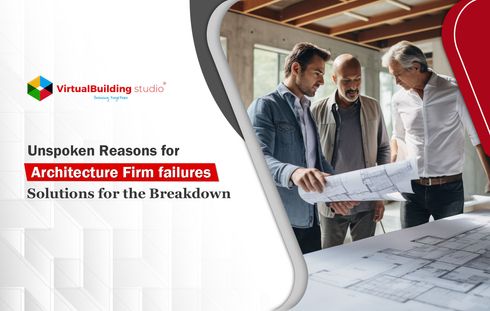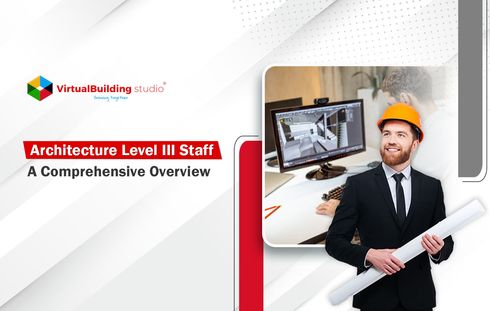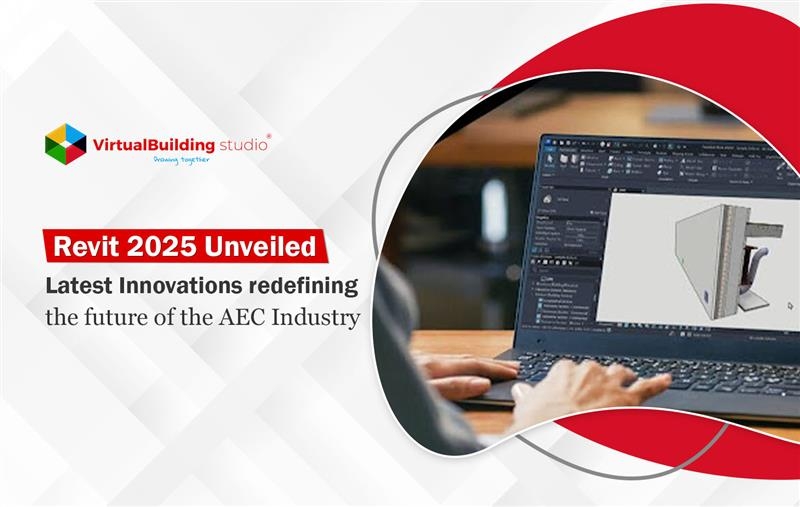
The AEC industry is transforming rapidly, finding impetus through the advancement of software development. Revit 2025, the latest update for the industry, enhances workflows and integrates enhanced collaboration with much higher productivity geared towards securing better results. One of the major impacts of these technological advances is a devoted architectural team from anywhere in the world that allows remote collaboration in any area.
We'll examine how these innovations in Revit 2025 align with current architectural trends, creating a potent toolkit for AEC firms to build and manage dedicated teams of architects and BIM specialists.
Revit 2025: A Game-Changer for the AEC Industry
Revit software has always been synonymous with innovation and evolution. Revit 2025 offers cutting-edge solutions to improve the design process, streamline collaboration, and enhance project visualization. The advancements include:
Improved Performance and Efficiency
One of the largest updates seen in Revit 2025 concerns performance enhancement, particularly when dealing with a big model and dataset. The revisions within this release concerning model navigation, file loading times, and general system performance have been some of the areas that witnessed improvement compared to previous versions of Revit, which tend to experience bottlenecks while dealing with large projects.
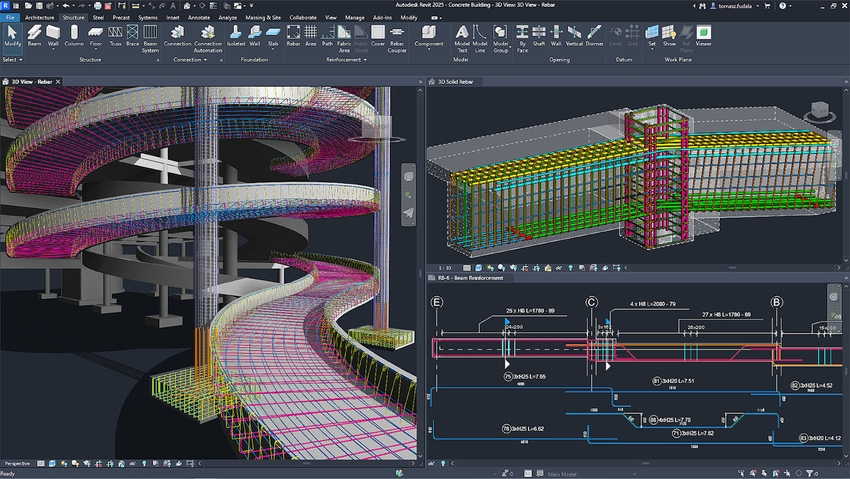
The latest version of Revit 2025 reduces waiting times for architects and engineers, enabling them to take more effective action and be more productive.
With faster navigation of views, improved production tools for drawings, and quicker model updates, this upgrade is essential for teams working on large projects.
Parametric Components and Customization
For quite a long time, Revit has been discussing parametric design to create objects and orchestrate them according to a predefined parameter.
This scope of flexibility in parametric has been stretched to every level, allowing architects to enjoy the highest possible control over design customization in Revit 2025.
Introducing dynamic blocks makes it easier for designers to create reusable components customizable as per variations in project requirements.
Another significant innovation is the parametric family templates, which enable the designer to develop and design complex geometries that can adjust to any changes in the design process.
The new possibilities allow architects to define their designs without manual and time-consuming adjustments and exuding greater precision.
Enhanced Visualization and Real-Time Rendering
3D Visualization is crucial for architectural designers to provide project stakeholders with a detailed three-dimensional view of the conceptualized design and a better understanding of spaces before the construction starts.
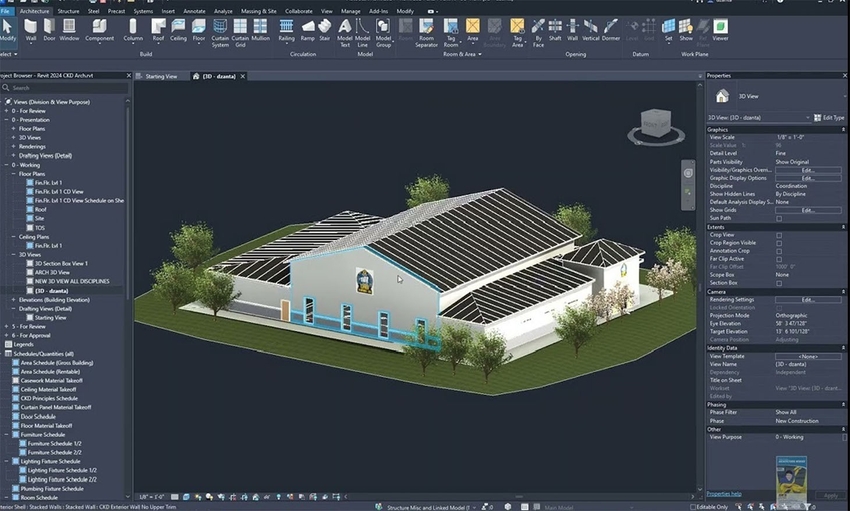
Revit 2025 has significantly raised the bar for visualization services with improved real-time rendering capabilities.
Integrating newer rendering engines such as Autodesk Raytracer enables more high-quality renderings directly from Revit.
Users thus create highly realistic model visualizations with virtually zero setup time to ensure fast and accurate visualization of their designs.
Apart from the real-time rendering, Revit 2025 features an updated lighting and material library that provides better simulation of light interactions with building materials.
Expanded Interoperability and Integration
One of the strengths of Revit software has always been the ease with which this program can integrate with other software in the AEC ecosystem, and Revit 2025 embraces and multiplies that strength by enhanced interoperability with standard industry tools like AutoCAD, Navisworks, and other BIM platforms.
The new version of Revit also supports IFC 4.3, including the latest Industry Foundation Classes standard that enhances the exchange of data between software for different disciplines in a project. This upgrade ensures better coordination between architects, structural engineers, and MEP teams and less possibility of losing data.
Revit 2025 also devised new strong APIs that give a more meaningful depth of integration to third-party applications. Firms relying on custom tools or workflows that they have to create themselves can now leverage smooth "bridges" between Revit and other focused applications.
Generative Design and Automation
The "Automation" aspect of the modern design process is rapidly becoming a vital component to foster creativity and advancement. In Revit 2025, Generative design tools will assist in comparing design iterations and possible solutions based on space utilization, material costs, and environmental considerations.
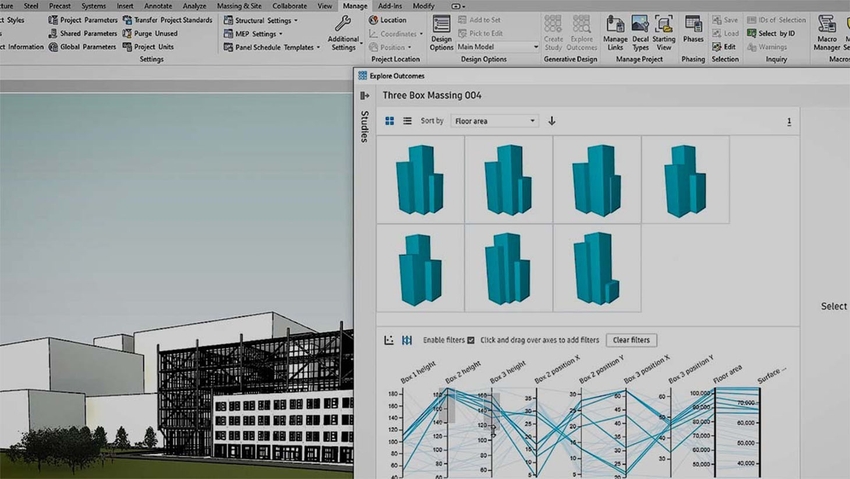
This would be very useful during the initial phases of any project to compare different design options with precision and speed.
By automating the design exploration phase, architects can quickly make well-informed decisions that lead to improved project outcomes.
In addition to these features, Revit 2025 fully automates more mundane routine tasks such as documentation and model updates. Therefore, it allows the architects and engineers to eliminate tedious repetition, enabling them to work at higher levels of decision-making and creative problem-solving instead and thus increasing the efficiency of their workflows.
Sustainability and Environmental Analysis
As sustainability is gaining momentum in the AEC industry, Revit 2025 brings tools to assist architects and engineers in designing more environment-friendly structures.
The energy analysis tools in Revit 2025 allow users to simulate the energy performance of the project early on to make more informed decisions regarding material usage, orientation, and building infrastructure.
Further, an application like Insight and Green Building Studio is embedded in the software, which opens doors to a profound analysis of the environment. It feeds the project team with a holistic approach to design optimization and develops energy-efficient designs that lower carbon footprint and embrace sustainability.
Collaboration and Cloud Workflows
Collaboration has always been an important aspect of any project in the AEC industry. The evolution of Revit software supports collaborative workflows with powerful cloud-based capabilities.

It seamlessly integrates with Autodesk Construction Cloud, connecting project teams with the collaboration and management tools to get work done anywhere, anytime.
Cloud Worksharing in Revit 2025 enables several users to collaborate on the same project model. It minimizes the chances of version control issues and allows all the members to work with the latest model data.
Conclusion
Revit 2025 is an array of innovations offering something for every modern AEC professional: from better performance to greater collaboration tools to more advanced parametric design, visualization, and sustainability, for architects and engineers, that make them work more efficiently, collaborate more seamlessly, and deliver higher-quality projects.
Upgrading to Revit 2025 is a smart investment for any firm interested in remaining at the forefront of this rapidly changing AEC industry.
To begin with, these new features and capabilities will not only improve productivity but also ensure teams can meet the growing needs of both clients and regulators to become more sustainable and data-driven designs.


